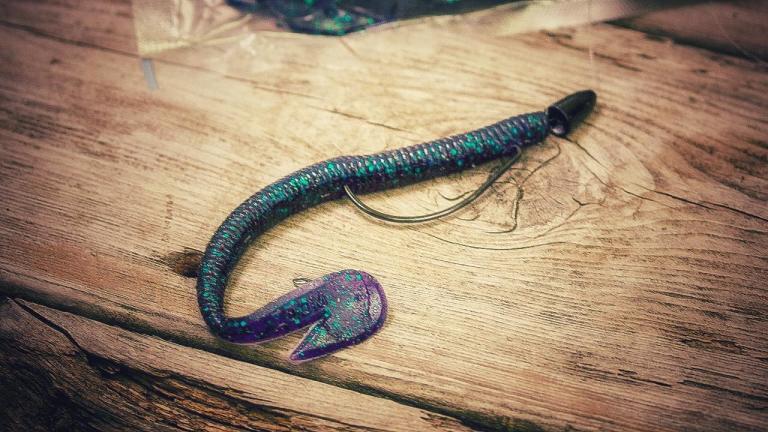

Until recently it was thought that each type of photoreceptor produced a different opsin, which were therefore classified into rhabdomeric of ciliary opsins. One obvious way to test if a cell is a photoreceptor is to see if it produces any light-sensing proteins, such as opsins. These worms have rhabdomeric photoreceptors in their eyes, but they also have unusual cells outside their eyes that have cilia – slender protuberances from the cell body - and could potentially be light sensitive. For example, most vertebrates see using ciliary photoreceptors, while rhabdomeric photoreceptors underpin vision in invertebrates.įlatworms are invertebrates that have long been studied due to their ability to regenerate following injuries. Sometimes, an organism has both types of photoreceptors, but one is typically more important than the other. All animals that perceive light rely on cells called photoreceptors, which come in two main types: ciliary or rhabdomeric. These findings highlight similarities between xenopsin and c-opsin and reveal a novel type of opsin-expressing cell that, like jawed vertebrate rods, encloses the ciliary membrane within their own plasma membrane.Įyes are elaborate organs that many animals use to detect light and see, but light can also be sensed in other, simpler ways and for purposes other than seeing. Functional assays in human cells show Maritigrella xenopsin drives phototransduction primarily by coupling to Gαi. These extraocular cells house hundreds of cilia in an intra-cellular vacuole (phaosome). We characterized xenopsin in a flatworm, Maritigrella crozieri, and found it expressed in ciliary cells of eyes in the larva, and in extraocular cells around the brain in the adult. Originally thought to belong to the Gαi-coupled ciliary opsins, xenopsins are now understood to have diverged from ciliary opsins in pre-bilaterian times, but little is known about the cells that deploy these proteins, or if they form a photopigment and drive phototransduction. Xenopsin, a recently classified subtype of opsin, challenges our views on opsin and photoreceptor evolution.

Animals detect light using opsin photopigments.


 0 kommentar(er)
0 kommentar(er)
